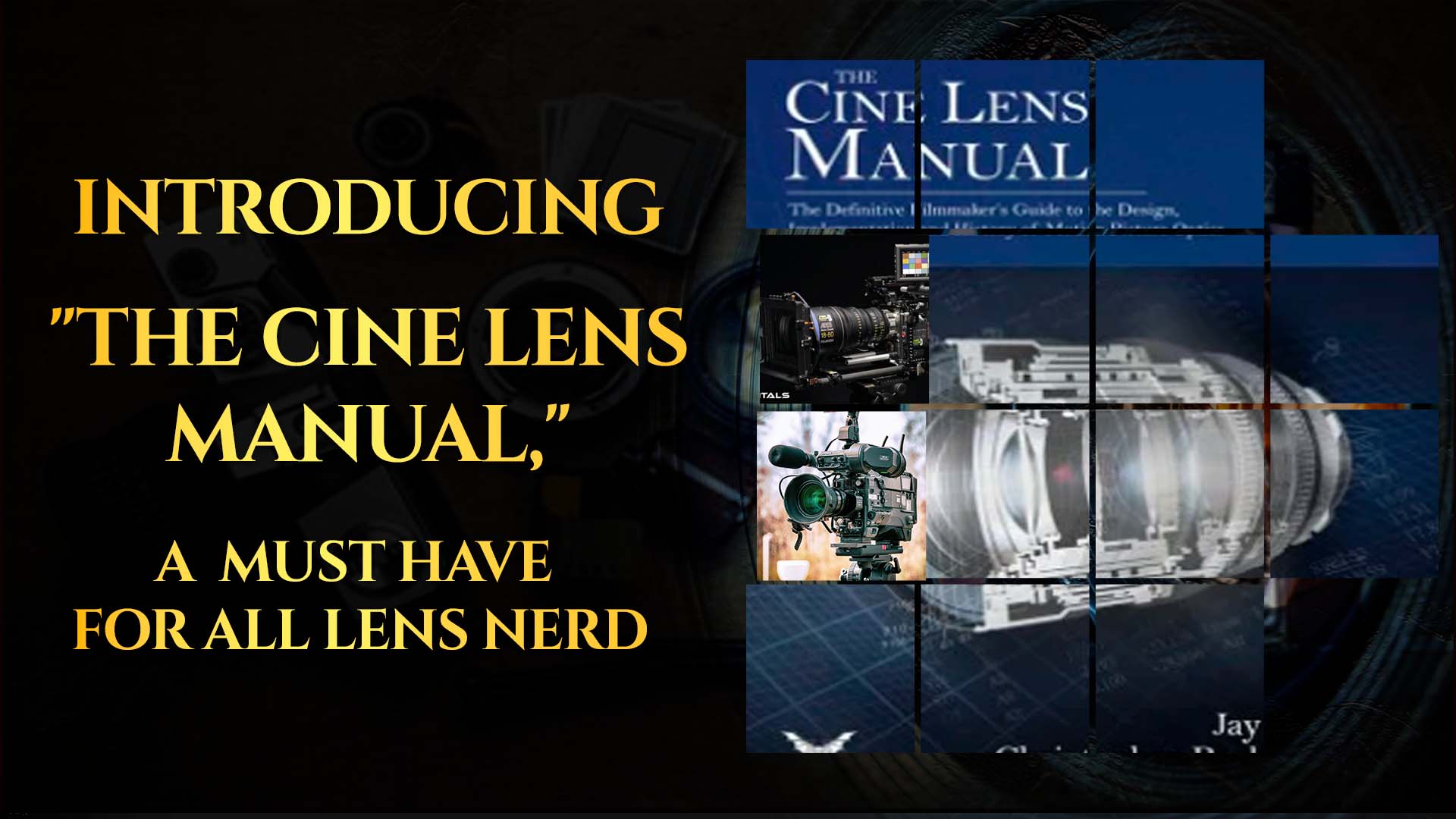Introducing "The Cine Lens Manual" A Must Have For All Lens Nerd
The Cine Lens Manual is basically the same as a car manual, but it also serves as a reference manual, a history book, and a how-to manual.
Imagine going to Ford to buy a manual for your car instead of receiving a book on history, maintenance, customization, and comparisons of cars from all around the world.
This is how it feels to read The Cine Lens Manual.
Holben and Probst spent eight years writing this book, which was finally published in March 2022. It included everything from “history of format(s), maintenance and repair, screwing up and changing and detuning” lenses.
The principles of lenses and how they are all connected are the main concepts of the guidebook.
To all our fellow Indie Filmmakers, at WFCN we have more than 400 handpicked film festivals where you can submit your precious work of art. You can also showcase your film by making a portfolio in WFCN.
Why This Book?
There is always a good spot for you to start, regardless of your level of knowledge. How about chapter one if you’re a complete beginner? The lens, as Holben and Probst refer to it, is defined here. But you can do that, right? When light from a glass tube shines onto a sensor, an image is taken. That’s it right? Piece of cake?
No. Nowhere near.
In “Chapter 1: Defining the Lens.” the group discusses topics including various marks, manufacturers, picture forms, lens varieties, angle of view vs. field of vision, apertures, focal length, focusing, rear focal length, and lens mounts, etc. This single chapter covers not just the components of a lens but also the principles and ideas that can help you produce the ideal image.
The remainder of Chapter 2 focuses on optical concepts, including how to handle diffraction and aberrations, what kind of glassware is used in the lens and why, how everything is structured, and how to achieve those delicious flares.
The design and manufacture of lenses are discussed in later chapters, both from an optical and a mechanical perspective. The impact of lenses on film formats and the history of cine lenses are covered in the next chapter.
The latter, which is the book’s largest portion, covers nearly every cinema lens produced between the 1930s and the 2010s. Additionally, there are sections on photography and ENG lenses.
The book concludes with a number of chapters on assessing, maintaining, and altering lenses.
Why should filmmakers care?
The Cine Lens Manual is a must-read if you work with lenses in any manner, shape, or form. It’s a glass master class. However, it’s difficult to rationalize purchasing an 800-page, 10-pound book when you could just look it up online.
You see, we’re not arguing that everyone online lies. Like everyone else, we also live online. However, despite the fact that most online materials are excellent (if you look in the right places), a single unified source is tough to discover given how long we’ve been playing this internet game.
Although the YouTube generation of filmmakers and content producers has provided a wealth of information on filmmaking and lens theory… Some of these people are still developing their own knowledge. And they make mistakes. Like, constantly.
They aren’t to blame, we say. From our errors, we may all grow. But the bad part is that as inaccurate information circulates online, those mistakes get worse. When you inform your friend that he will change his focal length when he starts shooting full-frame, you won’t be close enough to the source to be accurate.
Their Authority
This brings up The Cine Manual once more. Holben and Probst conducted their study over an eight-year period. They had editors review their work, and they are both fairly knowledgeable people.
Independent producer and director Jay Holben works out of Los Angeles. He also serves as the chair of the ASC’s Motion Imaging Technology Council’s Lens Committee, an associate member of the American Society of Cinematographers, and a technical contributing editor for American Cinematographer magazine.
Working as a cinematographer, Christopher Probst, ASC, is also a committed member of the American Society of Cinematographers. He worked for almost 20 years as the technical editor of American Cinematographer magazine and has given lectures and classes on cinematography at the Camerimage festival, the Global Cinematography Institute, and the AC’s Masterclass. You may also be familiar with him from his ASC Award-nominated work on the Netflix series Mindhunter from director David Fincher.





